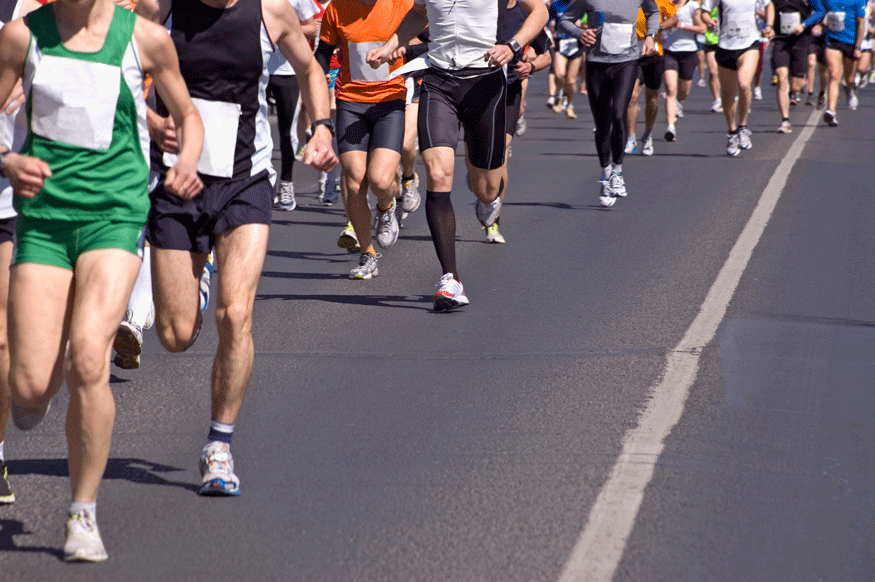WASHINGTON — There often isn’t much warning before an earthquake hits. But new research suggests advancing technology could offer precious extra time.
Even better, it’s technology that lies in the hands of millions.
A new study published in the journal Science Advances points to GPS data in smartphones as a potential way to detect early tremors and crowdsource data that could save lives.
Though not as accurate as scientific-grade detection equipment, smartphones are found everywhere, giving them access to more locations in high numbers. Through simulated earthquakes, researchers determined early detection is possible.
By initially shaking the phones and comparing the data to more accurate scientific equipment, researchers found GPS-enabled devices could detect 7 magnitude earth quakes and above.
Study author Benjamin Brooks, an earthquake scientist at the U.S. Geological Survey tells Sciencemag.org that the technology will become more useful as science advances.
“It’s not really just about smartphones, it’s about all sorts of Internet-connected devices that have positioning associated with them. … We think the numbers are going to be so large that you could be very liberal with your criteria for using a specific device.”
Jesse Lawrence of Stanford University, who wasn’t involved with the study, tells Sciencemag.org that one potential hurdle for data collection could be the drain on batteries. Phones might need to actively be charging during times data is collected.
According to the study, there are currently 1 billion smartphones in use worldwide and that number is expected to hit nearly 6 billion by 2019. As the risk for earthquakes increase, researches suggest the use of crowdsourcing offers a cheaper way to prepare for earthquakes, and therefore reduce their impact in the future.





